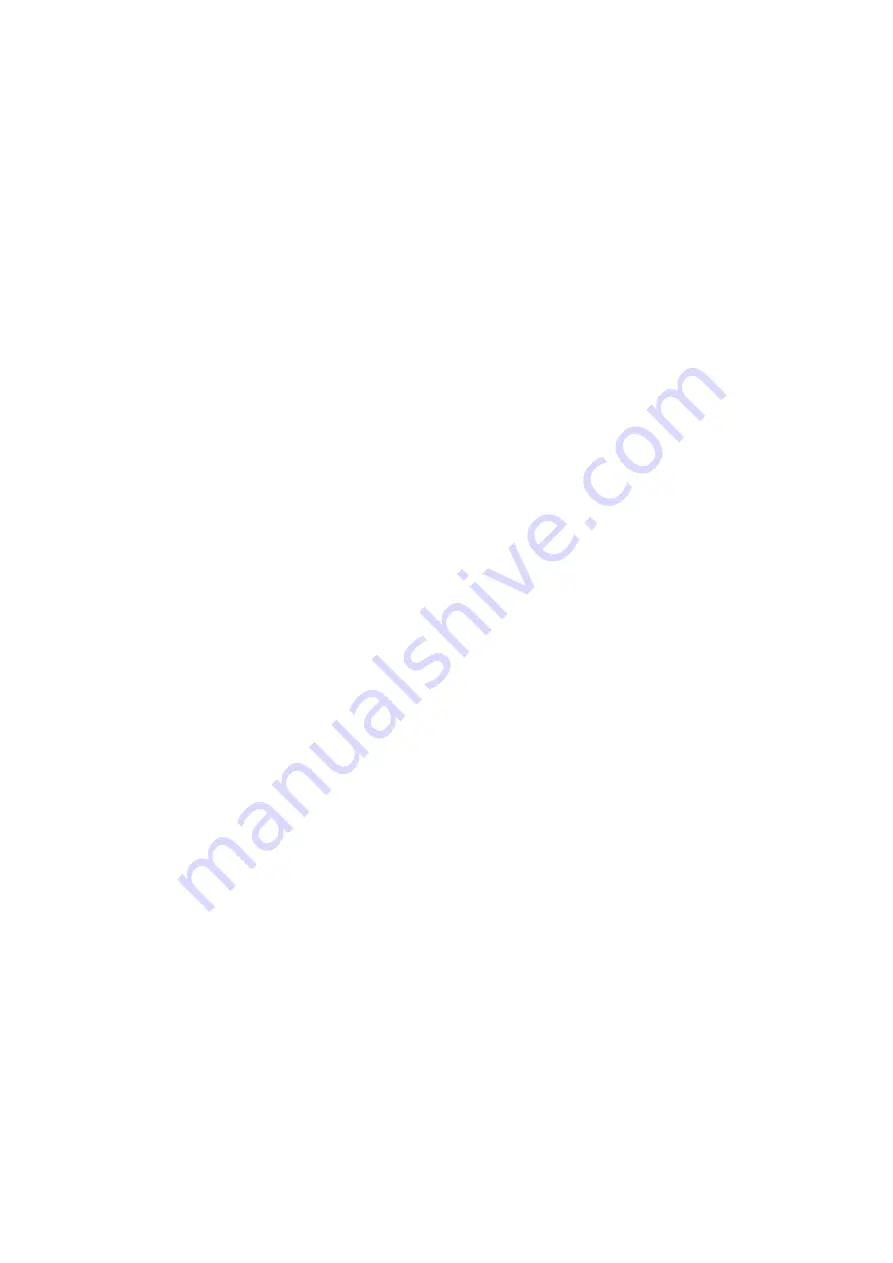
Dreadbox Erebus V3 Ctrlr panel documentation and instructions
v2.0
Page 3 of 49
About this v2.0 version
This 2.0 version provides the following changes to the panel:
─
Patch cables drawing with transparency setting
─
Ability to switch between full cables or cable plugs
─
Support for double inputs / double outputs
─
Added the display of Patch From and To changes in the LCD
─
Remembers the last file saved path and name so it is used by default at next Save
─
The previous Author is now kept when loading a new Init program
─
Added
Load OK Confirm
switch
─
Added
No program load at panel load
switch
─
Added
Display info: differences only
(with an Init program) switch
─
Added
Welcome message display
switch
─
Added ability to play AAC, MP3 and AIF files on MacOs
─
Patch cables are now restored at panel opening when the user selects No load at panel load
─
All labels (Name, LCDs, Synth1/2, FX...) are now restored when user selects No load at panel load
─
Consequence of this correction/adaptation: you can now change presets in DAW with correct
Name, Description, LCDs, cables... which was not working previously
─
CC mapping of all buttons in order to use the panel with a controller
─
VST and AU versions
Information for the users of a previous version
As some images have been replaced by new ones in v2.0,
you need to delete the existing temporary
“Dreadbox Erebus V3 v10” folder so that it will be replaced by the new one
.
You may have to redo your Midi settings so take note of them before deleting the folder (or copy the
Dreadbox Erebus V3 v10.settings file to a safe place and put it back when the temp directory is
recreated).
On Windows, the temporary folder
Dreadbox Erebus V3 v10
is located in the normally hidden
directory
C:\Users\your_username\AppData\Roaming
. You can display the AppData folder by
selecting to display the hidden elements in the Windows Explorer ribbon under Display.
On MacOS, the temporary folder
Dreadbox Erebus V3 v10
is located
in your personal
Library/Preferences folder. This is also a hidden folder that you can see/reach by using the Finder and
clicking on Go while pressing the Option (Alt) key.

























